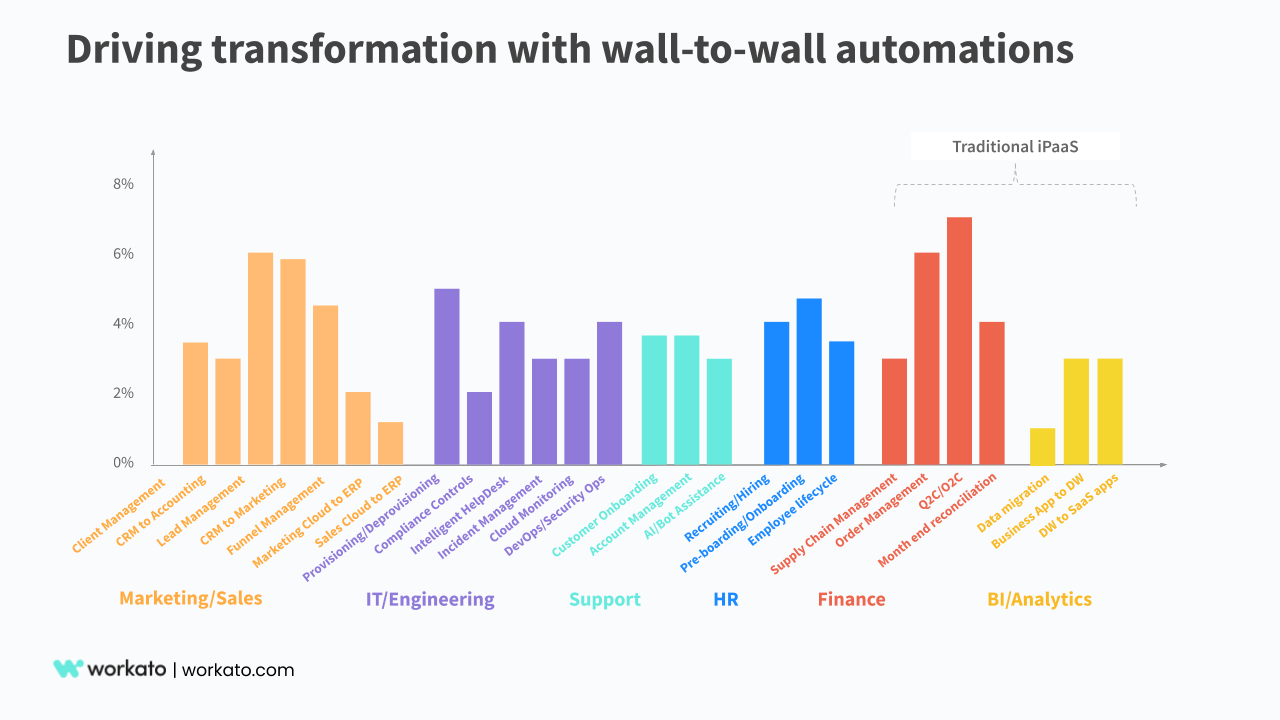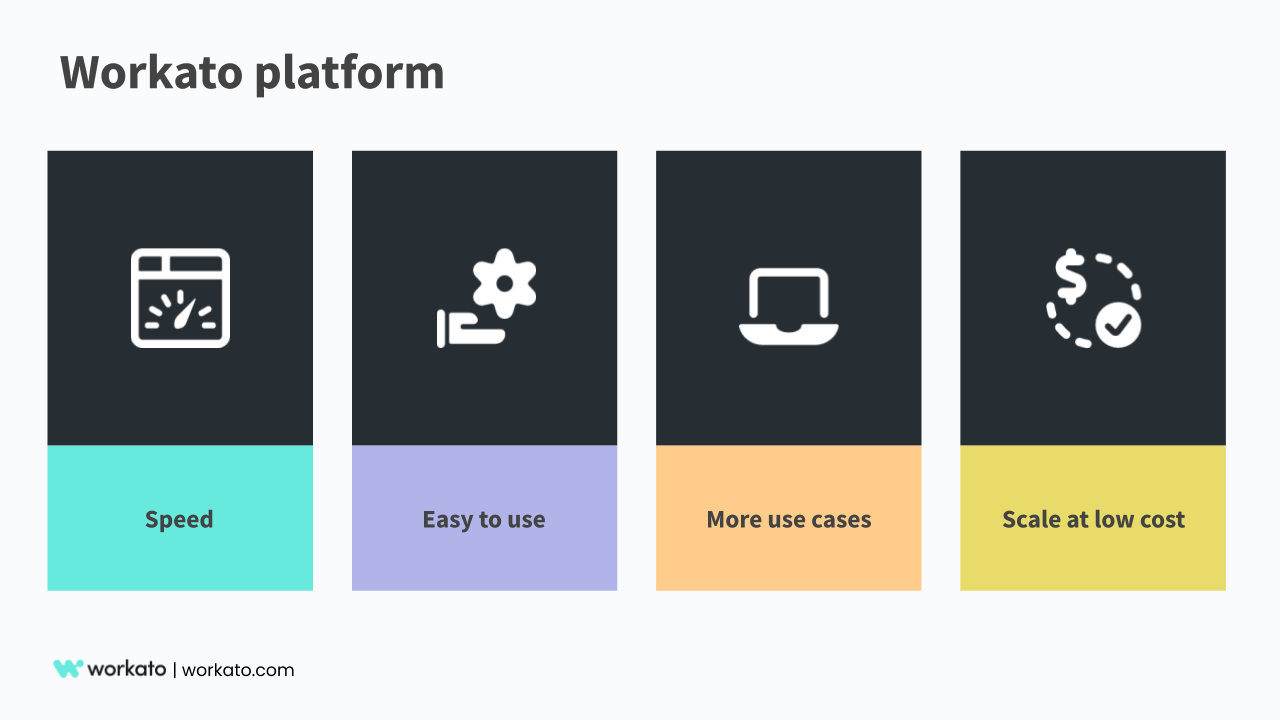Why consumer-grade UX is important for enterprise app integration and automation

SaaS and low-code/no-code movements have led to the consumerization of enterprise applications. Although there has been a rise in consumer-grade UX in business applications for HR, Marketing, Sales, and others, enterprise applications for integration like iPaaS, ESB, APIM, and others are lightyears behind.
What is consumer-grade UX?
Consumer-grade UX is a standard of design that makes typically cumbersome enterprise softwares more visually appealing, intuitive, flexible and accessible — much like the standard of design we usually see in consumer products.
Think Slack, Google Drive, Dropbox — these enterprise applications are well on the trend of pursuing a gold standard of UX that makes its adoption and usage easy.
Why is Consumer-grade UX important for digital transformation?
Digital transformation here refers to the usage of digital technologies to enhance current processes, products, services or experiences.
Decrease reliance on developers and the IT team
Digital businesses need to create new digital products, services and experiences with a shorter time to market to meet changing customer expectations and to stay competitive.
However, reliance on a centralized pool of developers and experts inside the walls of IT organizations lacks speed, and often paralyzes progress as it becomes unsustainable and unscalable.
According to the CIO Magazine,
“Long-standing perceptions of IT as mired in the technical weeds, disconnected from core business objectives, and a bottleneck for speedy deployments, cast a shadow on the relationship, with lines of business (LOB) often taking a view of IT as an obstacle, not an enabler, for strategic innovation.”
With the implementation of consumer-grade UX in SaaS applications, the rapid adoption of SaaS apps by businesses in various phases of digital transformation from the digital natives to the digital laggards, has also seen a massive shift in ownership of these apps with over 70% sitting outside of IT.
Curbing the problem of data silos
This shift has created an equally rapid growth in data silos. More and more companies are relying on SaaS applications to manage their core processes. However, these application do not naturally integrate with one another.
Consequently, work is fragmented, leading to problems such as:
- inefficiencies
- higher cost of operations
- poor customer and employee experiences
- lost opportunities.
This further amplifies the need for technologies that bring IT and business teams closer to do more — together.
The need for enterprise automation is on the rise

Wall-to-wall automations powered by Workato
Unsurprisingly more and more businesses are looking to automate end-to-end business operations. This includes:
- improving interactions with customers and employees during onboarding
- optimizing their marketing and sales funnel for revenue operations
- actively orchestrating actions to combat security incidents
- gaining actionable insights for better and faster decision making
and more.
All these automation efforts accelerate the path for businesses to realize the true ROI of digital transformation.
Digital transformation here means everything. It can include:
- application integration
- process orchestration
- a connected enterprise with APIs
- data pipelines for analytics and actionable insights
- automation with AI
- custom bot apps.
Driving enterprise automation at scale with empowerment through consumer-grade UX
A highly integrated, and intelligent automation platform that automates operations in a way that scales to the diverse needs of business is ideal but not enough.
There needs to be an additional layer — consumer-grade UX.
The Enterprise workforce is changing and personas needing automations are highly diverse. These people may include:
- the more technically savvy IT and business systems teams,
- the more business savvy application admins
- business and data analysts
- project managers
- teams supporting sales, marketing, HR, people and revenue operations.
These roles and skills are on a much wider spectrum than before.
This means that the new workforce needs an automation platform that is both powerful enough to support the complexity of the various use cases, and the simplicity to learn and succeed quickly to see value in automations without having to spend hours or days in training, and constant hand-holding — aka, consumer grade UX.
Workato’s Modern Enterprise Automation Platform

The benefits of the Workato platform
Workato’s modern Enterprise Automation Platform redefines the enterprise automation experience by combining the powers SaaS, Low-Code/No-Code and automation.
It is also designed with the intent of enabling all skills and all roles to rapidly build, test and operate automations – free from having to know anything about traditional programming, writing code, configuration and optimization of runtime environments, and risks of compliance or security breaches.
Our latest UX update
Our latest product update brings a set of amazingly unique capabilities and experiences to enable our customers to automate faster, and automate together without borders. Watch the video below to find out more.
Additionally, you can explore the new recipe editor series below to learn about the exciting updates: